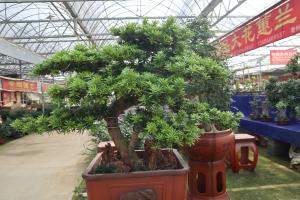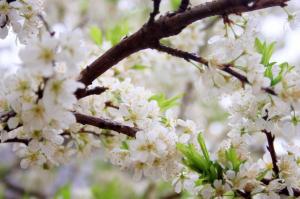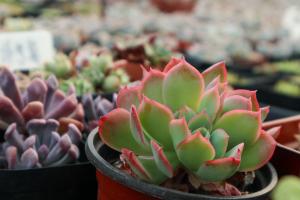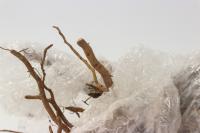1、 Curing method
1. Temperature: the curing temperature should be kept between 20 and 25 degrees. At this temperature, it grows best. It is not resistant to freezing. The overwintering temperature should be more than 5 degrees, otherwise the plant will be frostbitten. Plants maintained in the North should be maintained in the house in autumn
2. Watering: the consumption of nutrients during the growth period is relatively large. Watering is required every two days. Watering should be controlled during the non growth period. Watering twice or three times a half month is OK. Pay attention to the water temperature when watering in winter to avoid damage to plants caused by too low water temperature

3. Fertilization: before planting, the soil needs to be mixed with base fertilizer. In addition, fertilizer should be applied to it once a month. Light fertilizer should be used for fertilizer planting. During fertilization, the fertilizer should not be in direct contact with the plant, but should be applied at a place about 5cm away from the plant to avoid fertilizer damage
4. Light: it likes to grow in a semi overcast environment and is more shade resistant, but this does not mean that it does not need sunlight. When giving sunlight, it should avoid strong light and focus on astigmatism. The daily illumination time should be guaranteed to be four or five hours

2、 Breeding skills
1. Reproduction: it can reproduce by dividing plants. The time of dividing plants is in April and may. Because the temperature is relatively stable at this time, it is OK to separate dense plants and keep them in a cool environment. If you use cutting propagation, you can directly cut branches from the plant in spring and insert them into the sand bed to keep the sand bed moist, and you can grow roots in about half a month
2. Pruning: once the flowering period is over, the flowering branches will fall. It is necessary to cut off the branches with poor growth in time, so as to promote the growth of new branches and make the flowers bloom more vigorously in the coming year

3、 Problem diagnosis
1. Insect pest: it is easy to infect aphids. Aphids will eat its young leaves and infect bacteria. After aphids are found, the branches with more serious infection should be cut off and burned, and then sprayed with insecticides
2. Pathological changes: plants are more likely to be infected with leaf spot disease. In the initial stage of the disease, round black spots appear on the branches and leaves, and will slowly expand in the later stage until the edge becomes dark brown, and the plants will slowly dry up and die. In case of this disease, the infected branches should be destroyed first, and then carbendazim should be sprayed for treatment

4、 Other issues
1. Edible: it is inedible
2. Toxicity: non toxic and can be used as medicine


 jackfruit
jackfruit snake plant
snake plant hibiscus
hibiscus hydrangea
hydrangea lavender
lavender Green roses climb al...
Green roses climb al... If you don't pay att...
If you don't pay att... Management of four g...
Management of four g...


































